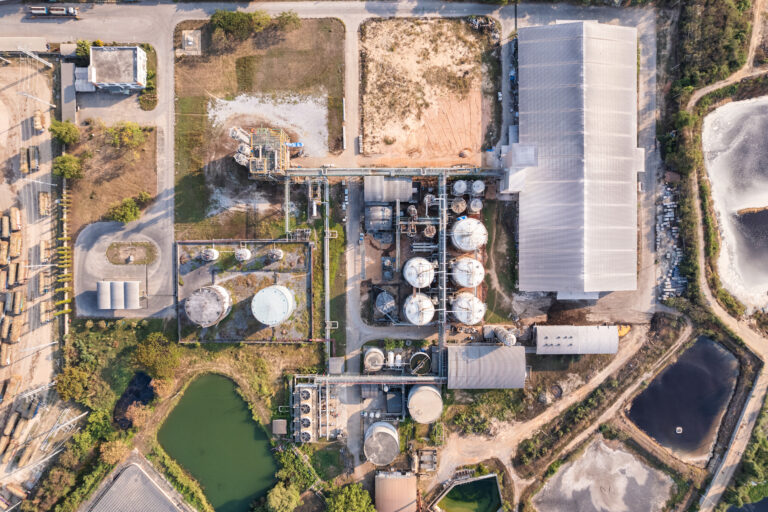Five Main Questions on Biomethane Explained
By Inveniam Group

Achieving carbon neutrality by 2050 is essential for the EU and its transition into a decarbonized economy. Becoming less dependent in external energy supplies will accelerate the reduction of GHG emissions, increase competitiveness for renewable energy markets and secure long-lasting partnerships for Europe’s energy transition. The following guide introduces biomethane and its role in achieving net zero targets.
# 1 What is Biomethane?
Biomethane is a gas produced from natural decomposition of organic material found on the earth’s surface. Although it is chemically identical to natural gas (CH4), biomethane is not considered to contribute to global warming when it is combusted, since the CO2 released during combustion was absorbed from the atmosphere when the organic matter grew. In other words, biomethane is considered carbon neutral. Some claim that biomethane is actually carbon negative, since capturing and combusting methane – itself a potent greenhouse gas – can reduce emissions to fight climate change. Determining the full impact of biomethane on climate ecosystems is still an ongoing task given the many factors that need to be considered, such as land use and economic practices. Yet, there is little debate that biomethane is better for the planet than natural gas.
# 2 How is Biomethane Produced?
Biomethane would normally be produced through natural processes and would then escape into the atmosphere. However, it is possible to both promote biomethane production during decomposition, as well as capture this gas. Biomethane plants do just this. They gather organic matter (normally called “feedstock”), create optimal conditions for decomposition and collect and purify the gas released. Key to achieving this is the anaerobic reactor, which stops air/oxygen supply, promoting the reaction that produces methane, whilst also extracting the generated biomethane. This can be achieved with a simple bucket and lid, as had been done for cooking in India for decades, or, more commonly practiced in Europe and the US today, via house sized tanks, fed with tones of organic material daily.
A wide range of feedstocks can be used to produce biomethane, including crop residues, animal manure, municipal waste, and sewage sludge. Energy crops, for example maize, can also be specifically grown for biomethane production, although these practices are generally not considered sustainable or socially attractive due to land use change and the possible impacts on food prices.
Inputs and outputs of the biomethane and biogas production process:

Source: European Biogas Association
# 3 What are the usages of Biomethane?
Before understanding the usages of biomethane, it is important to understand the key step for the production of biomethane, purification. Purification is the reaction that breaks down organic matter, producing both carbon dioxide and methane simultaneously. This gas mix is called biogas. To get to biomethane, CO2 must be removed through a filtering technology, such as a membrane or scrubber. The gas that is left is typically 99.99% methane, suitable as a direct substitute for natural gas. This means biomethane can be used in a wide range of application with no need to change or modify this infrastructure. This includes gas boilers, natural gas vehicle, power stations and CHP plants. Biomethane has also received significant interest to decarbonise shipping, through LNG engines in marine transport.
#4 How does Biomethane contribute to Sustainability?
Reducing the dependance on non-renewables is key in combating climate change. Compared to fossil fuels, biomethane generates fewer greenhouse gas emissions and will help abate GHG emissions across the whole value chain. Yet sustainability of biomethane largely depends on the way it is produced and consumed. For example, land use is an important factor in protecting existing ecosystems and biomethane projects should always consider how feedstock is produced and managed, as this is an essential component of building conscious supply chains which align to zero emission EU targets.
Biomethane is cost effective, scalable and contributes to sustainable agriculture, the creation of rural jobs and market opportunities. Biomethane also supports soil carbon and biodiversity, allowing for waste management solutions and business circularity. Companies across Europe benefit from biomethane and see an increasing potential in its use. For example, Danish company Nature Energy, focuses on local food waste and trades biomethane across Europe to both utilities and industry. In Sweden, truck and bus company Scania, has been running on alternative energies, particularly via biomethane. Their company’s goal is to have 50% of the EU heavy gas trucks powered with biomethane by 2050.
#5 Why should we talk about Supply Chains and Regulation?
Supply chains for biomethane need special attention as they support all the procurement, operations management process and internal negotiations. Pioneered by strategy and following the EU’s Green Deal path, supply chains for biomethane are key for an optimal and successful green transition, promoting conscious consumption and incentivizing purposeful businesses. Additionally, Europe’s regulation is looking to reach biomethane production to 35 billion cubic meters (bcm) per year by 2030, with an estimated investment of around €37 billion . EU countries are pushing towards clean energy objectives, and this has aligned to the EU Commission and its efforts to create a Biomethane Industrial Partnership. This makes policy makers, industry, and other stakeholders team up to support the achievement of biomethane production 2030 target.
The aim of this blog post is to contribute to awareness in the energy industry and the efforts towards a green transition. The knowledge shared in this article is a result of the joint collaborative work between SEMPRE BIO and Inveniam team. As we move forward towards reaching the 2030 agenda net zero goals, initiatives and projects that support a decarbonized economy are essential. Additionally, promoting productive conversations and engagement around biomethane, will spark further commitment amongst industry stakeholders and drive the development of purposeful and effective projects.
Sources:
- https://www.europeanbiogas.eu/wp-content/uploads/2021/12/Biomethane-Declaration-7-December-2021_final.pdf
- https://energy.ec.europa.eu/topics/renewable-energy/bioenergy/biomethane_en#innovation-and-financing
Authors: Nick Chapman and María Francisca Paz y Miño
Editorial: Lucía Salinas
Date: October, 2023


This project has received funding from the European Union’s HORIZON-CL5-2021-D3-03-16 program under grant agreement No 101084297. Views and opinions expressed are however those of the author(s) only and do not necessarily reflect those of the European Union or the European Commission. Neither the European Union nor the granting authority can be held responsible for them.

